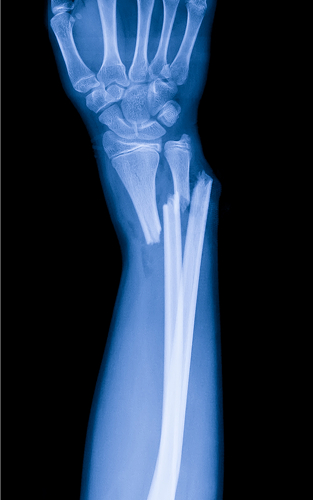Overview of Medical
Canvassing Program
What Is Medical Canvassing?
Medical canvassing is a process that targets specific geographic areas to uncover if, when, and where a claimant may have received medical treatment.
It is used to identify potential pre-existing conditions, undocumented medical visits, or intervening treatments that may impact the validity or value of a claim. Medical canvassing works in conjunction with claims indexing (ISO) and information provided by the claimant or their attorney to create a more complete and accurate picture of the claimant’s medical history.

How CDI Canvassing Helps

CDI’s strategic medical canvassing services deliver actionable data that enables insurers, special investigation units (SIUs), and legal teams to make informed, data-driven decisions.
By identifying previously undisclosed treatments or providers, CDI helps verify claim legitimacy, uncover potential fraud, and ensure all relevant medical history is accounted for. Reports are typically completed within 3–5 days, historical findings, and treatment date verification.
Common Use Cases
for Medical Canvassing
CDI plays a crucial role in confirming the validity of claims by revealing hidden treatments or providers, detecting possible fraud, and ensuring that all pertinent medical history is included.
Medical canvassing is especially useful when:





In these situations, medical canvassing helps clarify facts, reduce claim exposure, and mitigate risk.
Impact and Value of Medical Canvassing
The impact of medical canvassing is far-reaching.
It uncovers hidden medical treatments, improves the accuracy and completeness of claims data, and optimizes claims strategy by reducing the time spent reviewing incomplete records. This leads to more efficient claims handling and often results in decreased spend on unnecessary or fraudulent claims. CDI’s Smart Request strategies also help clients reduce medical canvassing costs while maintaining high data reliability.

Benefits to Claims Professionals
Medical canvassing empowers claims professionals by the following:





By answering the essential “Five Ws” (who, what, when, where, and why), canvassing provides clarity that standard record requests often cannot achieve.
Key Challenges Addressed
Medical canvassing addresses critical challenges in both Property &
Casualty (P&C) and Workers’ Compensation (WC) claims, including:

Escalating medical costs and injury exaggeration.

Difficulty accessing comprehensive treatment histories.

Missing or undisclosed information that compromises claim accuracy.
Canvassing also plays a key role in managing auto injury claims, where hidden injuries, soft tissue damage, or unreported treatments can heavily impact outcomes.
Common Injury Types &
Provider Contacts
Medical canvassing commonly investigates:

Soft Tissue Injuries
Contacting hospitals, urgent care, physical therapists, chiropractors, and doctors.

Fractures and Broken Bones
Contacting orthopedic clinics, imaging centers, and physical therapists.

Head, Back, and Neck Injuries
Contacting neurologists, neurosurgeons, and imaging centers.

Psychological Injuries
Contacting psychologists, psychiatrists, and pharmacies.
This process ensures that all potentially relevant treatment is reviewed,
even across multiple specialties or facilities.
A Predictable &
Scalable Process
CDI uses a standardized, repeatable, and scalable process to deliver consistently favorable outcomes. The process includes verifying claimant demographics, determining the search radius and number of facilities, contacting those facilities, reviewing results for quality control, and compiling a comprehensive report. This methodology ensures speed, accuracy, and reliability.
When to Request a Canvass
Medical canvassing should be considered whenever:
- There is a suspected pre-existing condition or undisclosed treatment.
- Details of the incident or injury seem questionable.
- A claimant's treatment history, claim frequency, or legal representation appears suspicious.
- Traditional methods fail to provide a complete or timely picture of medical history.
